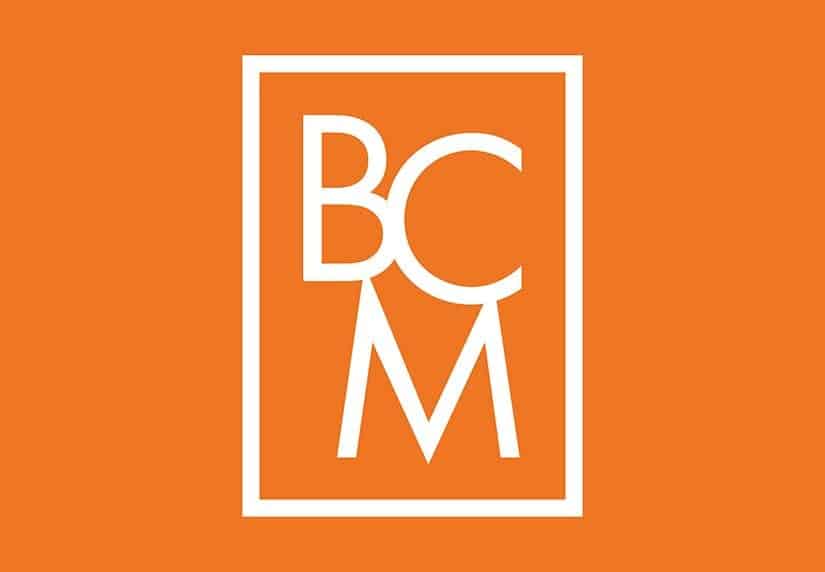James Mullany Joins the Lineup at Street Fight Summit: Local in the City
James Mullany, senior analyst of performance media and partnerships at Beeby Clark+Meyler, has joinedStreet Fight: Local in the City 2014 as...

Location might be the most important and differentiating aspect of mobile. When you think about it, it is what really differentiates mobile from desktop; not screen size, but where the end user is and the fact that their location changes.
Unlike the desktop, location plays a key part in mobile marketing. If we are not considering how location can impact our mobile customers, we are taking the wrong approach and likely just shoe horning desktop strategies and tactics into a smaller device.
There are four main types of location based services that most offerings can be grouped under:
Maps and Navigation – This includes finders, maps, routing, and assisted navigation. These are perhaps the most popular form of LBS and the most widely used. Google Maps is consistently the most downloaded app in the iTunes app store and has over 75MM downloads.
Tracking Services – Tracking services have mostly been about B2B. Examples include car/vehicle tracking (i.e. LoJack), pet tracking, package tracking, and location compliance (i.e. fleet drivers). Increasingly these are being incorporated into consumer facing devices.
Local Information Services – Local information services are a huge and fast growing category. This includes local search, city guides, UGC (Yelp). BIA/Kelsey estimates 46% of local searches will happen on mobile devices by 2013 with mobile eclipsing desktop local search by 2014 for local.
Location Aware Applications – Dedicated applications that utilize mobile and often social information. Some of these are derivative of other LBS but are form factored for mobile devices and increasingly combine a social aspect that contributes to the information layer.
Location is a huge relevancy indicator. Where you are really, really matters. It impacts your needs state, your mindset, and your receptiveness to marketing. Increased adoption and interest in location services are being spurred by the rising number of smartphone owners. Currently, about 58% of the US mobile phone market are smartphones according to the latest comScore data (May 2013). This is up 7% from January and growing. Why does this matter? Because when people get smartphones, they use LBS. This correlation bodes well for further growth across the entire category of location-based services, as eMarketer forecasts US smartphone ownership will grow rapidly over the next four years, increasing from roughly 116 million in 2012 to nearly 200 million in 2016.
If we look at Pew, 58% of smartphone owners have used some form of LBS (information services and mapping being the most common, but 1 in 10 have used a social check in service). Roughly speaking, that is 80MM people using LBS today and growing at 5-10% MoM.
Recently Twitter has announced plans to develop geo-targeted ads for retailers in order to help drive store traffic. We also think retailers have much to gain from location based services. Last year we ran a mobile coupon campaign powered by geolocation, and plan to continue similar efforts.
Location based services are inherently social in many ways. It is really about people. And locations. And the information they can provide to others in their local sphere. Services that use locations and social input are going to be here for some time, and we’re excited to intersect new technology with smart ways to reach people.
For more information on location based services, contact us today.

James Mullany, senior analyst of performance media and partnerships at Beeby Clark+Meyler, has joinedStreet Fight: Local in the City 2014 as...
Scott Sterner, SVP-Search & Performance Marketing

A shorter version of this article ran in Advertising Age.